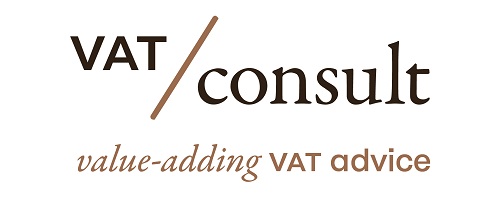- VAT and transfer pricing were traditionally seen as separate taxes with no interaction.
- Tax authorities have attempted to link transfer pricing adjustments to VAT, leading to potential VAT liabilities.
- This approach creates practical issues and may result in retrospective VAT liabilities.
- VAT is based on the price actually paid, not necessarily the open market value.
- Transfer pricing focuses on determining the open market value using the arm’s length principle.
- The fundamental differences between VAT and transfer pricing principles create uncertainty in their interaction.
- Transfer pricing adjustments may not always align with VAT considerations, as VAT does not focus on profitability.
- Many transfer pricing adjustments are based on business profitability rather than specific transaction values.
Source: essentiaglobalservices.com
Note that this post was (partially) written with the help of AI. It is always useful to review the original source material, and where needed to obtain (local) advice from a specialist.
Latest Posts in "European Union"
- Commission calls on BELGIUM, FRANCE, and MALTA to fully implement the new EU VAT rules for the special SMEs scheme
- From matchmaker to supplier: deemed supplies and platform classification under EU VAT
- European Commission Report Highlights Uneven VAT Rate Exemptions Across EU Member States
- EU Packaging Regulation Faces Legal Challenges Over Reusability, Plastic Ban, and Deposit Requirements
- European Union Adopts Peppol PINT Billing Standard for E-Invoice Interoperability













